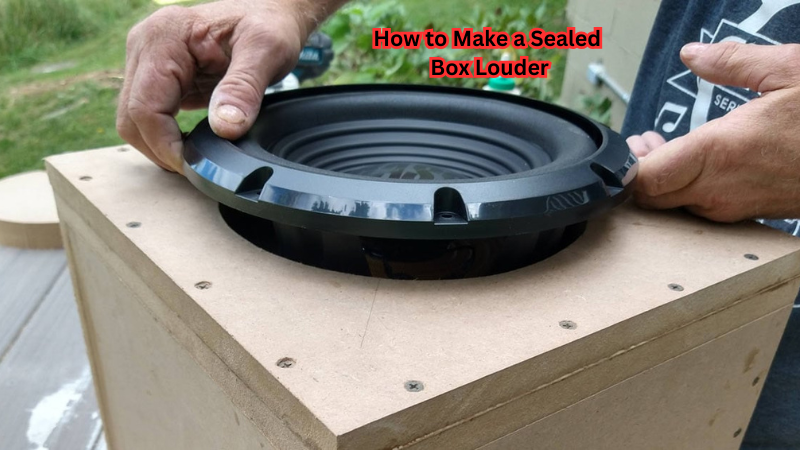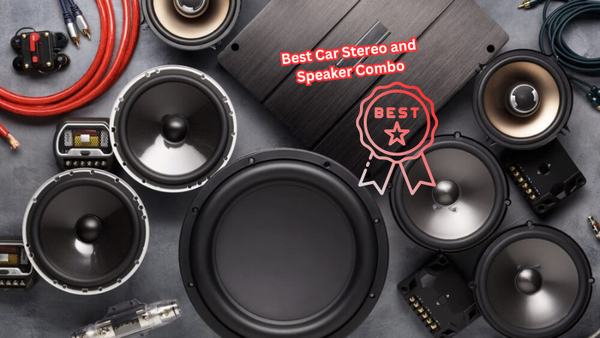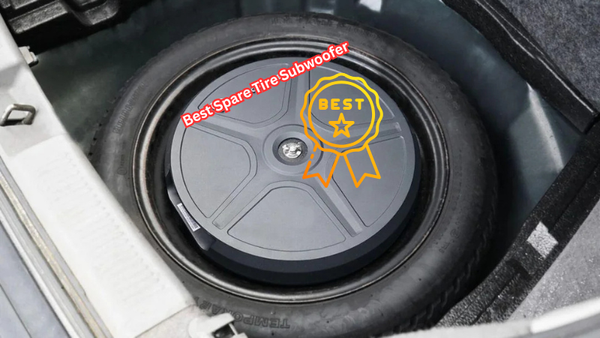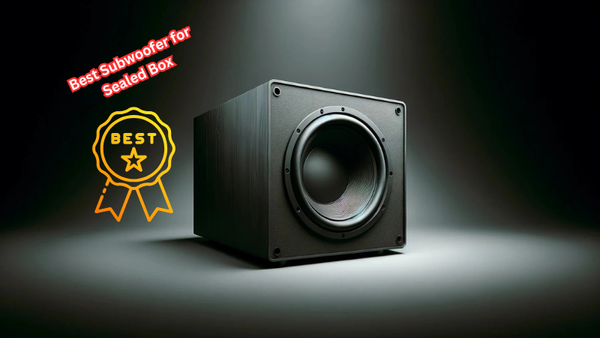In the world of audio systems, enthusiasts often face the challenge of choosing between a ported box and a sealed enclosure. While ported boxes are known for their ability to produce louder sounds by allowing air to escape, sealed enclosures offer a tighter, more accurate sound with a flat response.
However, achieving a sound that is both louder and retains the clarity of a sealed enclosure is possible with the right techniques.
This article aims to explore methods to enhance the volume of a sealed box, ensuring you get the robust sound experience you desire without sacrificing the clean, undistorted sound quality that sealed enclosures are celebrated for.
Does a Sealed Box Sound Louder?
The simple answer is no, a sealed box does not typically produce louder sounds compared to a ported box.
This is because, in a sealed enclosure, the air trapped inside acts as a spring, creating resistance and preventing the movement of the speaker cone. On the other hand, in a ported box, the escaping air helps to push out more sound.
However, this does not mean that a sealed box cannot be made louder with some modifications. By implementing certain techniques and adjustments, you can increase the volume output of your sealed enclosure without compromising its overall sound quality.
Understanding Sealed Boxes
Before we delve into ways to make a sealed box louder, it is important to understand the physics behind them.
A sealed box, also known as an acoustic suspension enclosure, is a speaker cabinet that traps air inside and does not allow it to escape. This method of sound reproduction relies on the air pressure within the enclosure to create low-frequency sounds.
When a speaker cone moves inwards, it compresses the air inside the box, creating high-pressure sound waves that travel through the woofer cone and produce sound. On the other hand, when the cone moves outwards, it creates low-pressure waves that are absorbed by the box walls.
This design results in a clean and accurate sound reproduction, without any interference from external air. However, the downside is that it requires more power to produce a louder sound due to the trapped air inside the box.
How to Make a Sealed Box Louder
Now that we have a basic understanding of how sealed boxes work, let us explore some methods to make them louder:
Increase the box volume:
The simplest way to increase the loudness of your sealed box is by increasing its internal volume. This allows more air to move within the enclosure, resulting in higher sound pressure levels and ultimately, a louder sound output.
However, it is important to note that altering the box volume can also affect the frequency response of your speaker, so it is best to consult with an expert or use specialized software for accurate calculations.
Adjust the air spring:
As mentioned earlier, the trapped air inside a sealed box acts as a spring and creates resistance against the movement of the speaker cone.
By adjusting the air spring, you can reduce this resistance and allow for smoother movement, resulting in a louder sound output.
This can be achieved by adding materials like polyfill or fiberglass insulation inside the box, which increases the air density and changes the air spring's characteristics.
Use an amplifier with higher power:
One of the most effective ways to make a sealed box louder is by using a more powerful amplifier.
This provides more power to drive the speaker cone, resulting in increased volume output. However, it is essential to choose an amplifier that can handle the power requirements of your speaker without causing damage.
Amplifier power and box volume have a direct relationship, so it is important to find a balance. A general rule of thumb is to match the amplifier power with the maximum power handling of your speaker for optimal performance.
Experiment with different subwoofer voice coils:
Subwoofers come with different types of voice coils – single or dual. Single voice coil subwoofers are easier to wire but have lower power handling capabilities compared to dual voice coil ones.
By using a dual voice coil subwoofer and wiring it for higher power, you can achieve a louder sound output without straining the amplifier.
Utilize an infinitely large box:
In theory, an infinitely large sealed box would require minimal power to drive the speaker cone, resulting in a much louder sound.
While it may not be practical to have such a large enclosure, you can simulate this effect by constructing a larger box than recommended for your speaker's specifications.
Build a ported enclosure:
If loudness is your main priority, then consider building a ported enclosure instead of sticking with a sealed one.
This type of enclosure allows air to escape through tuned ports, resulting in more efficient movement of the speaker cone and ultimately, a louder sound. However, this may also affect the frequency response and accuracy of your speaker.
Fine-tune with software:
With advancements in technology, there are now specialized software programs that can help you fine-tune your sealed enclosure for improved loudness. These programs use complex calculations and simulations to assist in determining the optimal box volume and tuning for your specific subwoofer.
Lower frequencies are ideal for sealed enclosures due to their ability to reproduce accurate and distortion-free bass. However, by using the methods mentioned above, you can enhance the volume of a sealed box without compromising its sound quality.
Tips and Tricks
- When increasing the box volume, make sure to maintain the recommended internal volume for your specific subwoofer to avoid any negative effects on sound quality.
- Don't be afraid to experiment with different materials and amounts of polyfill or insulation when adjusting the air spring. Just make sure not to overstuff the box, as this can also negatively impact sound quality.
- Choose an amplifier with a higher power rating than what is required for your speaker. This will allow for more headroom and prevent clipping, which can damage your speaker.
- Consider using a dual voice coil subwoofer in combination with a high-powered amplifier for maximum loudness potential.
- If possible, test out different-sized boxes or use modeling software to find the optimal box volume and tuning for your specific subwoofer.
- Always double-check your wiring when using a dual voice coil subwoofer to ensure it is wired correctly for maximum power handling.
- Be aware that altering the air spring or using larger boxes may also affect the frequency response of your speaker, so it is important to carefully tune and test before finalizing changes.
These tips and tricks can help you achieve a louder sound output from your sealed box while still maintaining its accuracy and quality.
FAQs
Is it possible to make a sealed box too loud?
Yes, it is possible to make a sealed box too loud. This can lead to distortion, clipping, and ultimately damage your speaker if the volume level exceeds its power handling capabilities.
Can I use any type of polyfill or insulation for adjusting the air spring?
It is best to use materials specifically designed for audio applications when adjusting the air spring in a sealed box. These materials are often denser and more suitable for creating the desired effect on sound output.
How do I know which amplifier is suitable for my subwoofer?
You should always consult with an expert or refer to your subwoofer's specifications before choosing an amplifier. Make sure to choose one with a power rating that is equal to or higher than your speaker's recommended power handling.
Conclusion
In conclusion, enhancing the volume of a sealed box involves a delicate balance between increasing sound output and preserving the pristine sound quality that sealed enclosures are known for.
By choosing the right materials, implementing design modifications, and considering technical details like speaker placement and airtight sealing, you can achieve a louder and fuller sound without sacrificing clarity.
Experiment with the methods discussed to find what best suits your audio preferences while enjoying the benefits of a flat response. We invite you to share your experiences and insights in audio enthusiast communities, where you can gain further advice and inspiration for your sound system projects.





